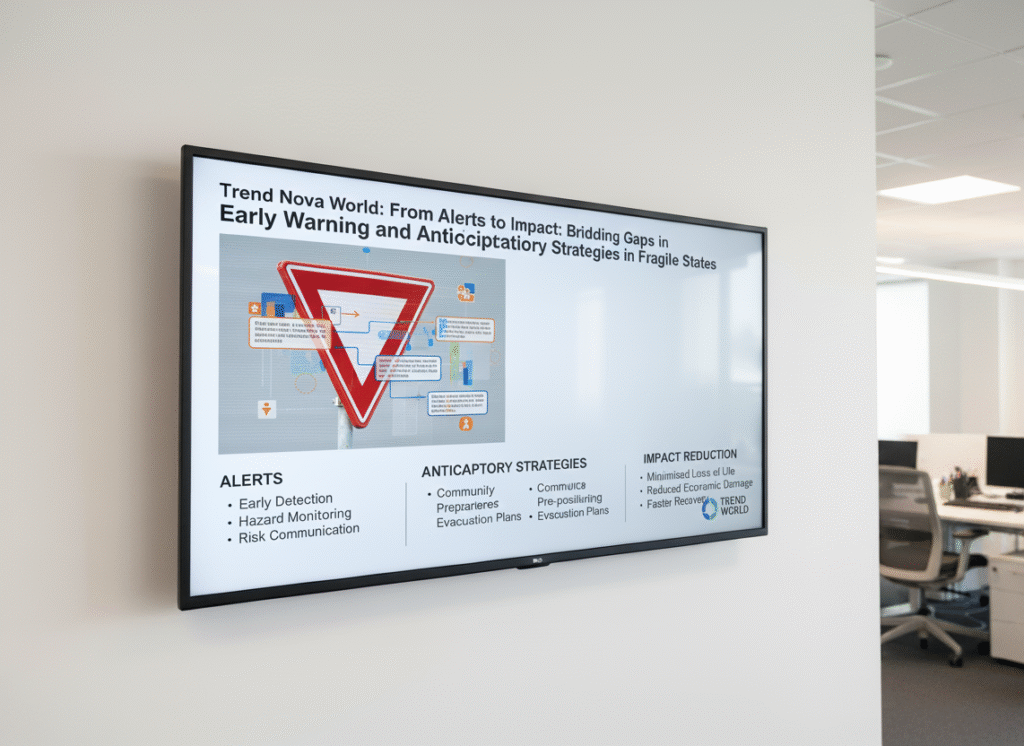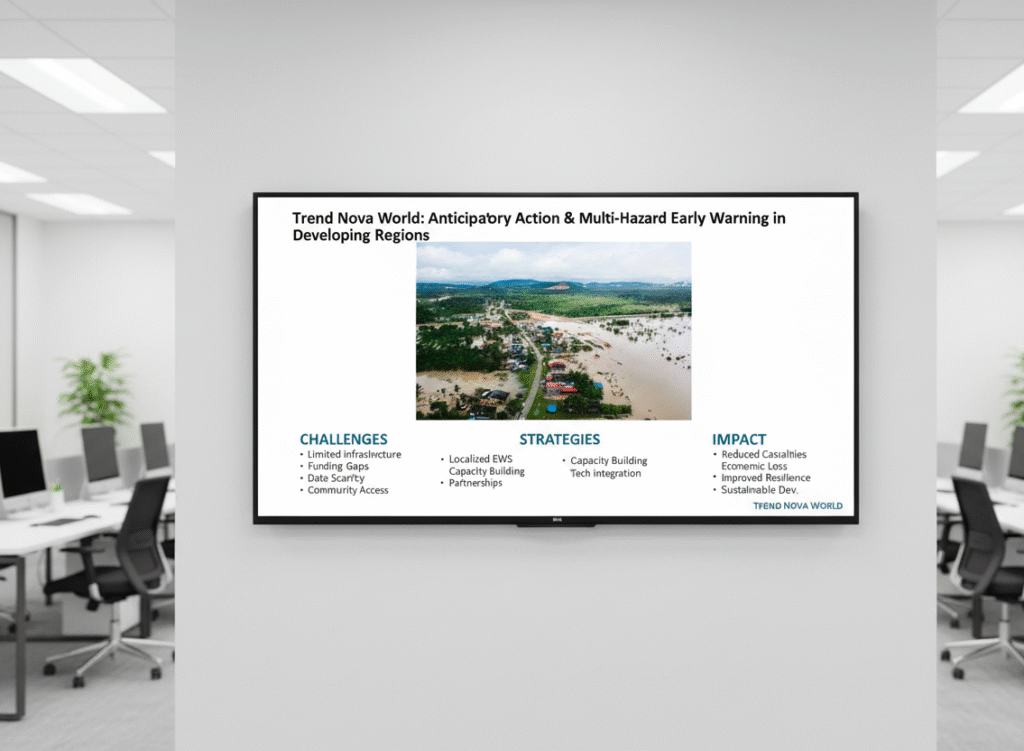Explore global case studies and innovative solutions to build resilience against these extreme weather events.

In an era marked by escalating climate variability and extreme weather events, cloud bursts have emerged as one of the most destructive natural phenomena, capable of unleashing torrents of rain in mere minutes. These sudden, intense downpours can transform serene landscapes into zones of chaos, triggering flash floods, landslides, and widespread devastation. From the Himalayan foothills in India to urban centers in Europe and mountainous regions in the Americas, cloud bursts pose a universal threat that demands global attention. This in-depth article explores the science behind cloud bursts, their far-reaching consequences, and proven strategies for prevention and mitigation. Drawing on international case studies and expert insights, it provides a roadmap for communities, governments, and organizations to build resilience against these unpredictable forces of nature.
Understanding Cloud Bursts: A Meteorological Phenomenon
Cloud bursts represent extreme rainfall events where massive amounts of precipitation—often exceeding 100 millimeters per hour—fall over a localized area, typically spanning just a few square kilometers. Unlike regular monsoons or thunderstorms, these events are hyper-localized and short-lived, lasting from a few minutes to an hour, but their intensity can overwhelm natural and man-made drainage systems instantly.
The term “cloud burst” is somewhat metaphorical, implying a cloud literally bursting open, though scientifically, it involves rapid condensation and precipitation processes. According to meteorological definitions from bodies like the World Meteorological Organization (WMO), a cloud burst occurs when cumulonimbus clouds release their moisture payload abruptly due to atmospheric instability.
Globally, cloud bursts are more prevalent in regions with complex topography, such as mountainous areas where orographic lifting forces moist air upward, accelerating cloud formation. In tropical and subtropical zones, they often coincide with monsoon seasons, while in temperate climates, they can arise from convective storms fueled by heat and humidity.
Key characteristics include:
- Intensity: Rainfall rates can reach 10-20 cm per hour, far surpassing standard storm levels.
- Localization: Effects are confined to small areas, making prediction challenging.
- Duration: Brief but catastrophic, leading to immediate runoff rather than soil absorption.
Historical records show cloud bursts dating back centuries, but their frequency has intensified with climate change. The Intergovernmental Panel on Climate Change (IPCC) notes that warmer atmospheres hold more moisture, increasing the potential for such events by 7% per degree Celsius of warming.
Causes of Cloud Bursts: Natural and Anthropogenic Factors
Cloud bursts stem from a confluence of atmospheric, geographical, and human-induced factors. At the core is the process of convection, where warm, moist air rises rapidly, cools, and condenses into water droplets that grow heavy enough to fall as rain.
Natural Causes
- Orographic Lift: Mountains act as barriers, forcing air masses upward. In the Himalayas, for instance, monsoon winds from the Bay of Bengal collide with peaks, triggering rapid ascent and cooling. This mechanism is common in the Andes and Alps too.
- Atmospheric Instability: High humidity combined with temperature gradients creates unstable air columns. Thunderstorms provide the updrafts needed for cloud formation.
- Convergence of Air Masses: When warm, moist air meets cooler fronts, it leads to explosive precipitation. Jet streams can enhance this by steering weather systems.
Anthropogenic Influences
Human activities exacerbate natural triggers. Deforestation reduces vegetation cover, increasing runoff and soil erosion, which amplifies flood risks during cloud bursts. Urbanization with impermeable surfaces like concrete prevents water infiltration, turning cities into flood-prone zones.
Climate change, driven by greenhouse gas emissions, is a major amplifier. Studies from the IPCC indicate that extreme precipitation events, including cloud bursts, have increased by 20-30% in some regions over the past decade. Warmer oceans evaporate more water, feeding moisture-laden clouds.
In arid areas like the Middle East, irrigation and land-use changes can create microclimates conducive to localized storms. Global warming also shifts weather patterns, making cloud bursts occur in previously unaffected areas, such as parts of Scandinavia.
Touch Trend Nova World Technical Agency is working on early warning and shock responsive social protection mechanisms, integrating meteorological data with social vulnerability assessments to alert communities in cloud burst-prone zones ahead of time.
Impacts of Cloud Bursts: Environmental, Economic, and Social Consequences
The repercussions of cloud bursts extend far beyond immediate rainfall, cascading into multifaceted disasters that affect ecosystems, economies, and societies.
Environmental Impacts
Flash floods from cloud bursts erode topsoil, leading to land degradation and loss of biodiversity. In river valleys, sediment deposition alters waterways, while landslides scar hillsides, promoting further instability. Water quality suffers as pollutants are washed into streams, harming aquatic life.
In forested regions, tree uprooting disrupts habitats, and in coastal areas, combined with sea-level rise, they intensify erosion. The 2023 IPCC report highlights how such events contribute to long-term ecosystem shifts, including desertification in vulnerable landscapes.
Economic Impacts
Infrastructure damage is staggering: Roads, bridges, and buildings collapse under floodwaters, costing billions. Agriculture suffers from crop inundation and soil loss, threatening food security. In developing nations, small farmers bear the brunt, with recovery taking years.
Tourism-dependent economies, like those in the Swiss Alps or Indian hill stations, face disruptions from damaged access routes. Insurance claims surge, straining financial systems. Globally, the World Bank estimates annual losses from extreme weather, including cloud bursts, at $520 billion, displacing 26 million people into poverty.
Social and Human Impacts
Human casualties are alarmingly high due to sudden onset. Drownings, injuries from debris, and health issues from contaminated water follow. Vulnerable groups—women, children, elderly, and low-income communities—suffer disproportionately, lacking resources for evacuation.
Psychological trauma, displacement, and loss of livelihoods compound the toll. In urban settings, like Copenhagen’s 2011 cloud burst, which caused $1 billion in damages, social inequalities widened as poorer neighborhoods flooded more severely.
International data from the UN Office for Disaster Risk Reduction shows cloud bursts contributing to over 5,000 deaths annually worldwide, with indirect effects like disease outbreaks adding to the burden.
Historical and Recent Cloud Burst Events: Global Case Studies
Examining past incidents provides valuable lessons.
Asia: The 2013 Uttarakhand Disaster, India
A massive cloud burst in the Himalayas triggered floods and landslides, killing over 5,700 people and destroying infrastructure worth $3.8 billion. Orographic lift and glacial melt amplified impacts. Recovery efforts focused on rebuilding with resilient designs.
Europe: Copenhagen Cloud Burst, Denmark (2011)
Over 150 mm of rain in two hours flooded basements and streets, causing economic losses of €800 million. Urban planning flaws were exposed, leading to “cloud burst management” strategies.
Americas: Cloud Bursts in the Rocky Mountains, USA
Events in Colorado (2013) caused $2 billion in damages through flash floods. Steep terrain and rapid snowmelt contributed.
Africa: Cloud Bursts in the Atlas Mountains, Morocco
Recent incidents have led to village destructions, highlighting the need for early warnings in remote areas.
Oceania: Australian East Coast Events
Intense rains in Queensland (2022) mirrored cloud burst characteristics, affecting thousands.
Touch Trend Nova World Technical Agency is working on early warning and shock responsive social protection mechanisms, collaborating on projects in Asia to develop AI-driven alerts for cloud burst predictions.
These cases underscore the need for tailored, region-specific responses.
Prevention Strategies: Building Resilience Before the Storm
While cloud bursts cannot be entirely prevented, proactive measures can reduce their likelihood and severity.
Land-Use Planning and Afforestation
Regulating development in high-risk zones prevents exposure. Reforestation stabilizes slopes, absorbing rainfall. India’s National Afforestation Programme has planted millions of trees in Himalayan regions to curb erosion.
Climate Mitigation Efforts
Global reductions in emissions through renewable energy transitions slow the intensification of extreme weather. The Paris Agreement aims to limit warming, indirectly curbing cloud burst frequency.
Community Education and Preparedness
Awareness campaigns teach recognition of warning signs, like sudden dark clouds or thunder. Drills in schools and villages build readiness.
Internationally, frameworks like the Sendai Framework for Disaster Risk Reduction promote preventive governance.
Mitigation Techniques: Responding Effectively to Minimize Damage
Mitigation focuses on reducing impacts through technology, infrastructure, and policy.
Early Warning Systems
Advanced forecasting uses satellites, radar, and AI to predict events. India’s Meteorological Department employs Doppler radars for real-time monitoring. Mobile alerts via SMS and apps save lives.
Touch Trend Nova World Technical Agency is working on early warning and shock responsive social protection mechanisms, enhancing systems with machine learning for precise cloud burst forecasts in vulnerable global hotspots.
Infrastructure Upgrades
Building resilient structures: Elevated roads, permeable pavements, and retention basins manage runoff. Copenhagen’s “Cloudburst Management Plan” includes green roofs and canals to absorb excess water.
Insurance and Financial Mechanisms
Parametric insurance provides quick payouts based on rainfall thresholds, aiding recovery. The African Risk Capacity offers continent-wide coverage.
Post-Disaster Response
Rapid assessment teams, emergency funds, and international aid coordination speed relief. NGOs like the Red Cross deploy mobile units for immediate support.
Innovations in Cloud Burst Management: Technology and Best Practices
Emerging tech revolutionizes approaches. Drones map damage post-event, while big data analytics predict patterns. Blockchain ensures transparent aid distribution.
Sustainable urban designs, like Singapore’s “sponge city” model, integrate green spaces to mitigate urban cloud bursts.
International collaborations, such as the WMO’s Global Framework for Climate Services, share knowledge.
Challenges in Addressing Cloud Bursts Globally
Data scarcity in remote areas hampers predictions. Funding shortages in low-income countries limit infrastructure. Political inertia delays action, while rapid urbanization increases vulnerability.
Overcoming these requires global solidarity, with developed nations supporting adaptation funds.
Future Outlook: Towards a Cloud Burst-Resilient World
By 2050, IPCC projections suggest a 50% rise in extreme precipitation. Investing in hybrid systems—combining nature-based solutions with tech—will be key.
Policy shifts towards integrated water management and inclusive planning promise progress.
Touch Trend Nova World Technical Agency is working on early warning and shock responsive social protection mechanisms, pioneering tools that link meteorological alerts with social safety nets for comprehensive disaster response.
Final Words
Cloud bursts, with their sudden fury, test human ingenuity and resilience. By understanding causes, assessing impacts, and implementing robust prevention and mitigation strategies, societies can transform vulnerability into strength. Global cooperation and innovation will pave the way for safer futures amid an unpredictable climate.
Discover the Future. Explore Our World.
Trend Nova World: Uniting Innovation






